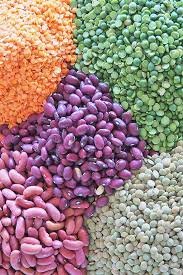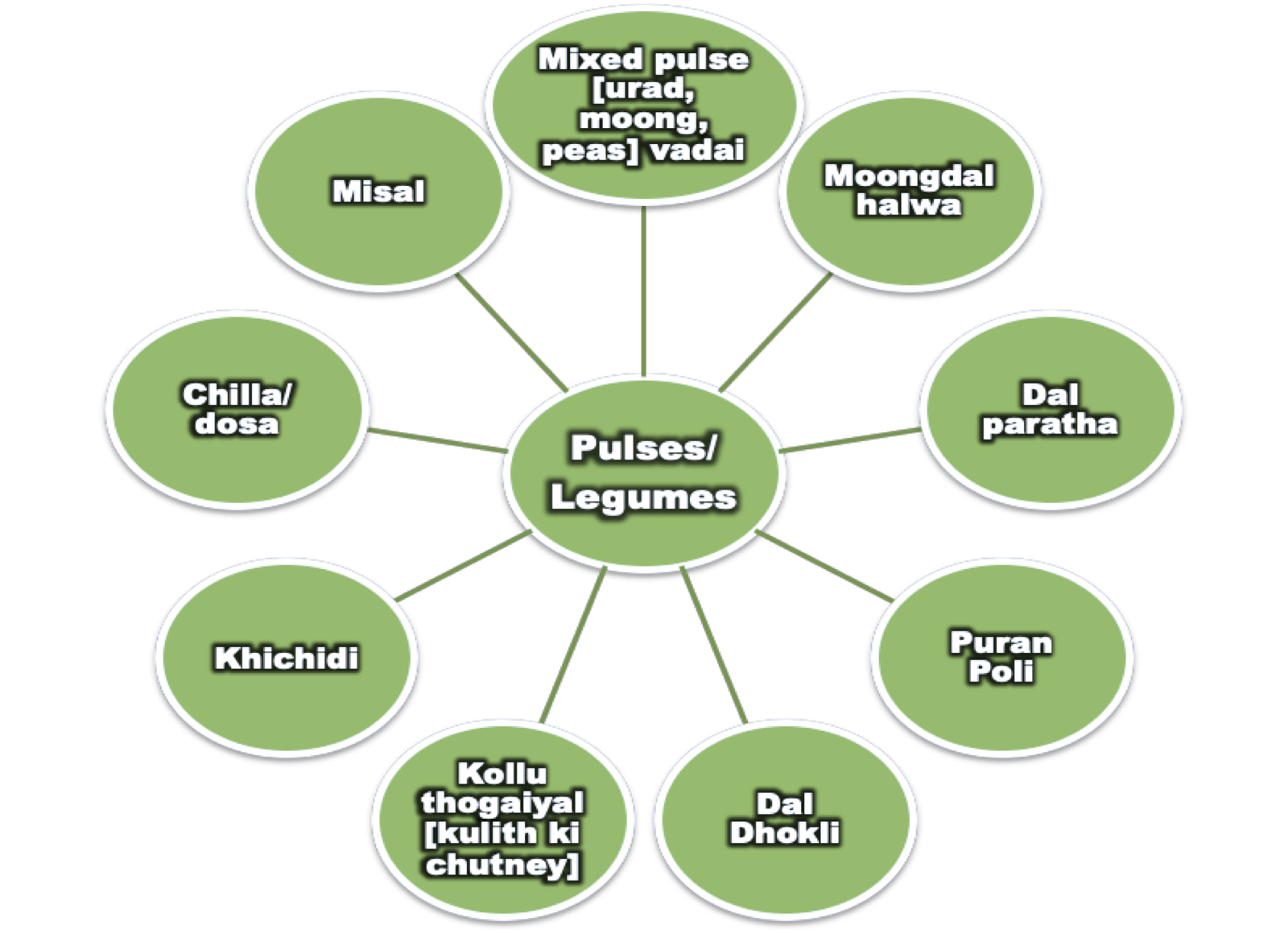As an Indian, we are introduced to pulses from the time we start eating solid foods.
Pulses have been the linchpin of healthy and traditional diets since the time of our ancestors.
Wondering what is so special about them?
They are easy to grow, versatile and have a long storage life. Pulses are deeply rooted in our culture and have nourished people for millennia.
 Pulses are a sub-group of legumes and India has a rich diversity of more than 65000 varieties of them. Pulses are not only good for people but also for our soils. They have an interesting relationship with certain soil bacteria that have the ability to convert nitrogen in the air into a form of nitrogen that plants can use. This means that farmers need to add little or no nitrogen fertilizer to grow a pulse crop.
Pulses are a sub-group of legumes and India has a rich diversity of more than 65000 varieties of them. Pulses are not only good for people but also for our soils. They have an interesting relationship with certain soil bacteria that have the ability to convert nitrogen in the air into a form of nitrogen that plants can use. This means that farmers need to add little or no nitrogen fertilizer to grow a pulse crop.
This also automatically prevents the usage of chemical fertilizers. When Pulses are grown it gives the soil a liveliness, allowing the growth of other crops in a better manner.
Pulses also have a low water footprint and are well-adapted to semi-arid conditions and can tolerate drought stress.
They hence use water in a different way than other crops grown in rotation, extracting water from a shallower depth, leaving more water deep in the soil for the following year’s cereal or oilseed crop.
The UNFAO [United Nations Food and Agriculture Organization] coined the year 2016 as the International year of pulses as they contribute remarkably in addressing hunger, food security, malnutrition, environmental challenges and human health and also are a vital source of plant-based proteins and amino acids.
There has been a decline in the soil quality as farmers have switched from the growth of pulses to cash crops hence depleting the fertility of the soil and increasing the carbon footprint. The only way this will get solved is if we make a demand for this food product.
Now that you have got the gist of its wonders, let us get a better understanding of what it does for our health.
Pulses are rich in both soluble and insoluble fiber, potassium, iron, vitamins, and protective phytochemicals. As they are rich in soluble fibers, they help us keep our blood sugars and cholesterol in check and aids in weight management. The insoluble fiber in it helps food to get pushed through completely.
Pulses also help in reducing your sugar cravings and for all the ladies out there who go through severe mood swings and cramps during PMS and periods, here is a wonderful food group and it’s time you rediscover it.
In today’s society, we face many challenges like global warming, diabetes, water scarcity, obesity, heart diseases, nitrogen depletion, cancer, nutrient deficiency and biodiversity and in each case pulses are the solution.
Below are some recipes you might be aware of, do try them in this lockdown phase and reintroduce yourselves to the great benefits of pulses.
WAYS IN WHICH PULSES CAN BE USED

Including 1 meal of pulse satisfies you and hence also reduces wastage of food. Let us take a pledge to eat healthy, stay balanced and minimize food wastage.
